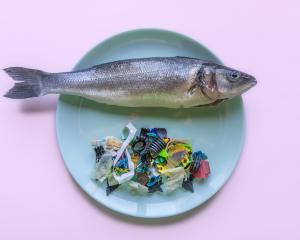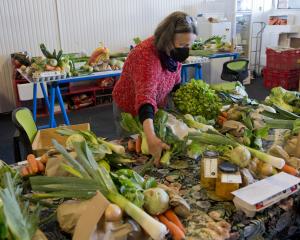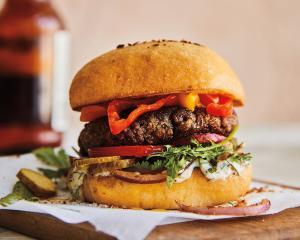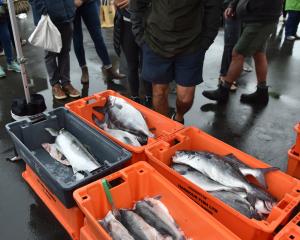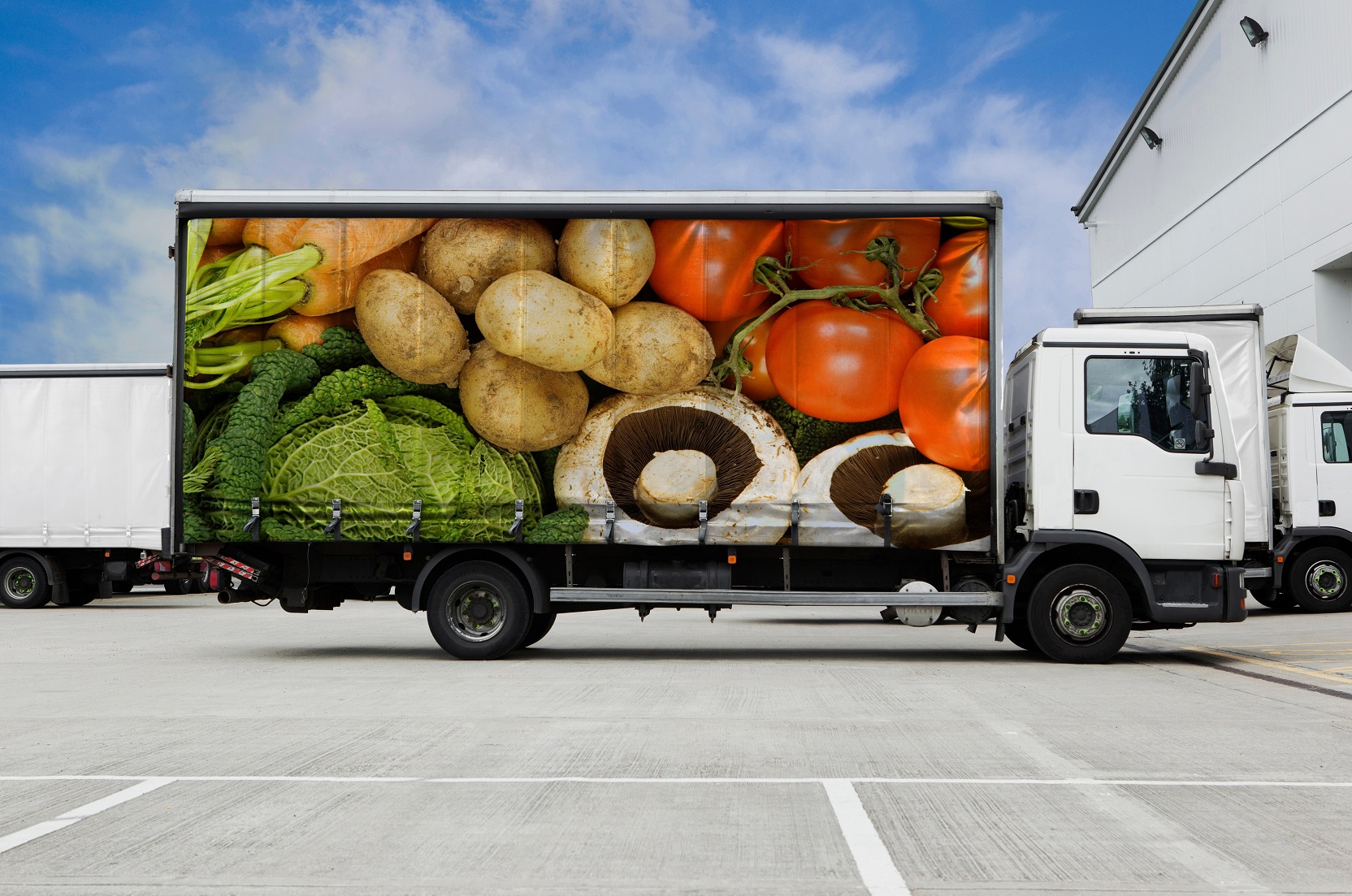

A recent paper in Nature highlighted the "whopping amounts of carbon dioxide" emitted by transporting food and its ingredients. Globally this added emissions equivalent to 3.0 gigatonnes of CO2 to the atmosphere, up to 7.5 times what was previously estimated. The authors used calculations that included the whole food transport chain including transporting ingredients to manufacture the food products as well as distributing them. It does not include the emissions generated in growing or producing the food.
Nearly a third of all carbon emissions come from the food system, a much bigger slice of the pie than previously thought, it claimed. Using refrigerated vehicles and containers was particularly emissions-intensive.
But how does this apply to New Zealand? I asked Dr Inga Smith of the physics department of University of Otago. She and her team have published several papers on New Zealand’s greenhouse gas emissions from transporting food nationally and internationally.
She was initially surprised about the new figures. However, when she read the paper and saw that the authors included what they call the "entire upstream food supply chain", she was not surprised at the results. She said that her team had shown that in 2007 about three-quarters of New Zealand’s food exports emissions for food transported by ship needed refrigeration - fruit, vegetables meat, cheese, butter, which adds to energy use and therefore emissions.
However, the new Nature paper may be letting New Zealand off too lightly, she adds, because the Australian authors who amassed data from 74 countries only accounted for food exports transported by ship or land, not by airfreight. New Zealand airfreights a lot of high-value products, particularly crayfish, shellfish, cherries and other fruit, which only increases our food transport emissions.
During Covid restrictions, airfreight was particularly challenging as almost all the air cargo had been transported in passenger planes, and when they stopped flying the ability to get cargo in and out of New Zealand stopped. That is why the government put in subsidies to keep the planes flying and cargo moving even if they were almost empty of passengers, she said.
Transporting food domestically also contributes to emissions. Most of it is hauled by road.
But it is not just getting the products from farm or factory to supermarkets. Dr Smith said warehousing was also a major factor in transport emissions.
Products might be made or grown locally but they were transported to a central warehouse elsewhere such as Christchurch or Auckland, sorted and stored there, then brought back to supermarkets here.
"Some things you might think of as a local product from a local Dunedin company can be double transported."
These things aren’t necessarily transparent to consumers in supermarkets. Food miles are not printed on labels and information is pretty much missing, she said.
Prof Smith and her team published their papers on food transport emissions in 2011 but there is little more recent research in this country, partly because there is no money to fund it, she said.
"There were a lot of people doing research on horticultural and agricultural emissions but the money stopped and a lot of those people left the country, so there’s not much expertise in New Zealand about some of those issues now. If research doesn’t get funded it doesn’t get done, so people either leave the country or work in another area," she explained.
"When you read the national greenhouse gas inventory there is no international shipping, no international aviation in it."
Official government numbers are hard to find and are based on how much fuel is sold in New Zealand. They do not include flights between Australia and New Zealand that buy all their fuel in Australia where it is cheaper, nor long-haul flights, such as Auckland-Los Angeles-London which would include only the first leg to LA.
"The numbers would be different if you did a fuller analysis of the whole journey," she said.
New Zealand is not the only country that has difficulty assessing its greenhouse emissions for international travel and freight. Under the Kyoto Protocol and the Paris Agreement it was considered too hard so they don’t count it as part of national emissions, leaving it aside or making it part of the international discussions with the International Civil Aviation Organisation and International Maritime Organisation, she said.
So what can ordinary consumers do to help alleviate the emissions cost of food transportation?
I was surprised by Dr Smith’s answer - "not a lot".
It is because a lot of these issues are systemic, at government or international levels, she explained.
"About 95% of New Zealand’s meat and dairy products are exported, so if all New Zealanders became vegan overnight and they still wanted to export meat and dairy, it wouldn’t make too much difference. That is a difficult conversation for New Zealand."
While people might be able to shop for local produce at places such as the farmers market, to actually make a change to the emissions generated by food transport, they needed to talk to their local MPs, express their concern and ask for official numbers and studies to be done, she said.






